已传文件:photo/1631586161.png
North Konami can provide MXene (can be customized)
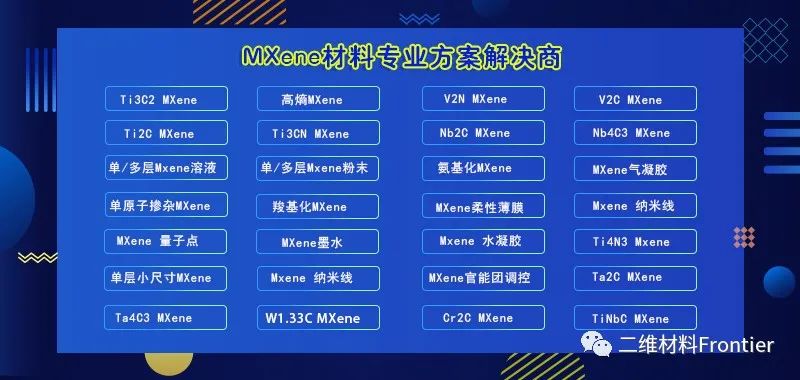
【Research Background】
The 2019 Nobel Prize in Chemistry awarded to lithium-ion batteries is an affirmation of the importance of wearable energy storage devices, which will further promote cooperation and innovation in the field of new energy storage. Non-Li-ion rechargeable energy storage technologies have attracted extensive attention due to their low cost and high energy density. Recently, 2D materials have been intensively studied due to their unique physical and chemical properties, and MXenes with good electrochemical properties are one of its typical representatives, which have been very popular in the field of energy storage in recent years. Enlarging the interlayer spacing and the modulation of surface functional groups is a very valuable strategy for designing new structures. Recently, Professor Maowen Xu of Southwest University published a review article titled: MXenes for Non-Lithium-Ion (Na, K, Ca, Mg, and Al) Batteries and Supercapacitors in the internationally renowned academic journal Advanced Energy Materials, which systematically summarizes MXenes in Synthesis, structure, properties, and applications in non-lithium-ion energy storage technologies, and prospects for future development.
[Graphic and text guide]
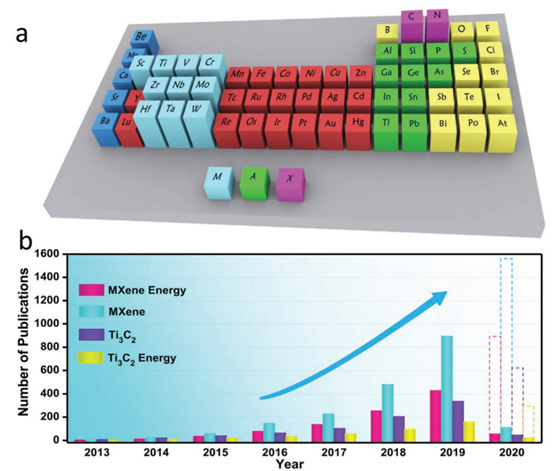
Figure 1. Periodic table of elements and elements related to the MAX phase; trends in published articles.
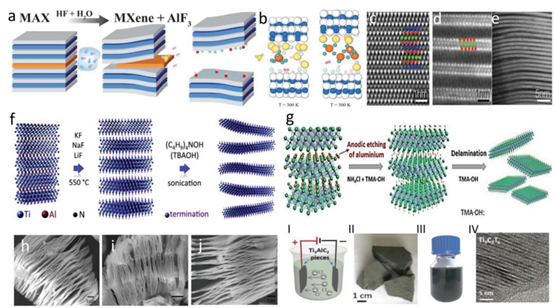
Figure 2. MXene materials and corresponding physical characterizations obtained by etching MAX by different etching methods.
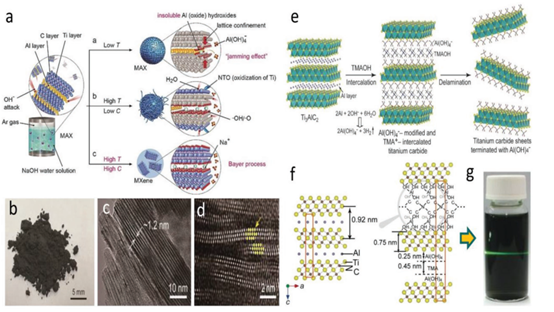
Figure 3. Schematic diagram of the etching process of fluorine-free alkali etching at different temperatures.
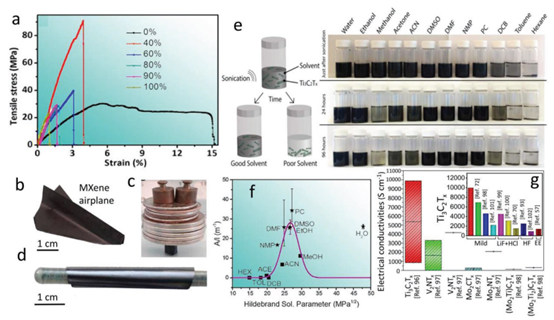
Figure 4. Physical properties of self-supporting MXene Ti3C2Tx and Ti3C2Tx@PVA composites.
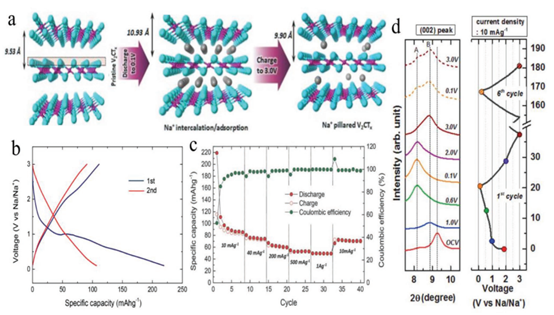
Figure 5. Schematic diagram of the variation of inter-layer distance in V2CTx.
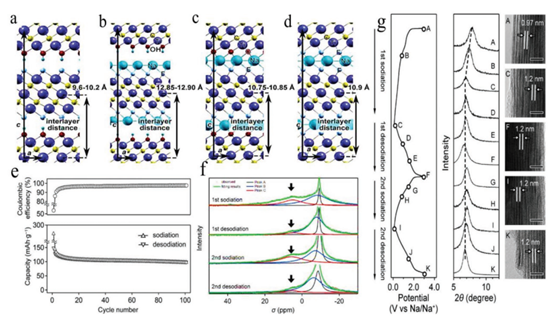
Figure 6. Ideal model of Na ion-intercalated Ti3C2Tx and corresponding physical characterization.
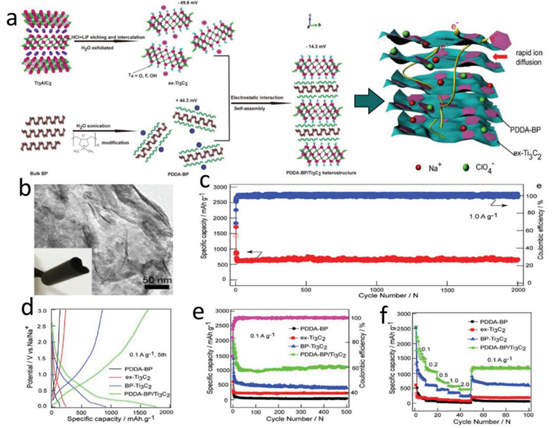
Figure 7. Synthesis process and electrochemical performance testing of PDDA-BP/Ti3C2 composites.
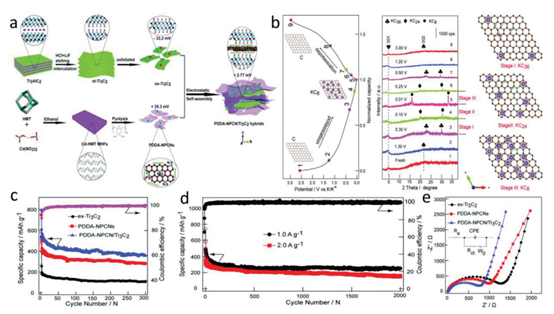
Fig. 8. Synthesis of PDDA-NPCN/Ti3C2 composite and corresponding physical characterization and electrochemical performance testing.

Figure 9. Synthesis process, physical characterization, and electrochemical test results of K-V2C.
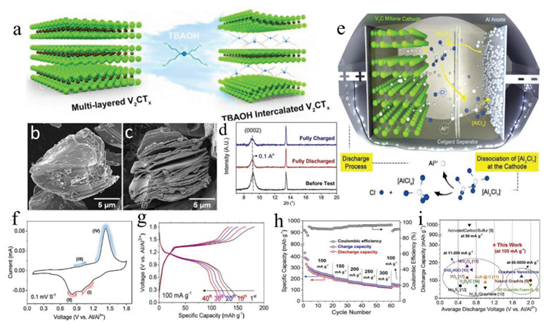
Figure 10. TMAOH intercalation to expand the interlayer spacing of V2CTxMXene for aluminum-ion batteries: physical characterization and electrochemical performance testing.
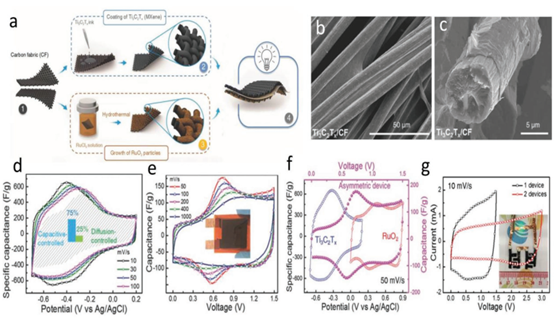
Figure 11. The assembly of MXene-based asymmetric supercapacitors and their microscopic morphology characterization and electrochemical performance testing.
【Summary and Outlook】
MXene has become a hot new material in the field of energy storage. In order to further promote the rapid development of MXene, researchers need to strengthen research from the following aspects:
i) Find out the limiting factors and shortcomings of the large-scale preparation of MAX phase materials and MXene materials, reduce the synthesis cost, explore the key factors affecting the synthesis process, and explore novel environmentally friendly etching methods.
ii) Explore the reaction mechanism between MXene nanosheets and different solvents to improve the stability of MXene dispersions in water and organic solvents, such as adding antioxidants and other strategies.
iii) Investigate the effect of MXene surface chemistry on performance.
iv) Deepen the computational power of theoretical simulations to design more potential MAX and MXene phase materials through theoretical simulations.
v) Development and application of MXene-based solid-state secondary batteries.
vi) Through rational structural design, the structural advantages of MXene can be fully utilized to improve its volume capacity
vii) Development of flexible and transparent MXene films for future wearable electronics.
viii) MXene-based hybrid supercapacitors, which have both high power density and energy density, have high practical value.
Literature link:
DOI: 10.1002/aenm.202000681

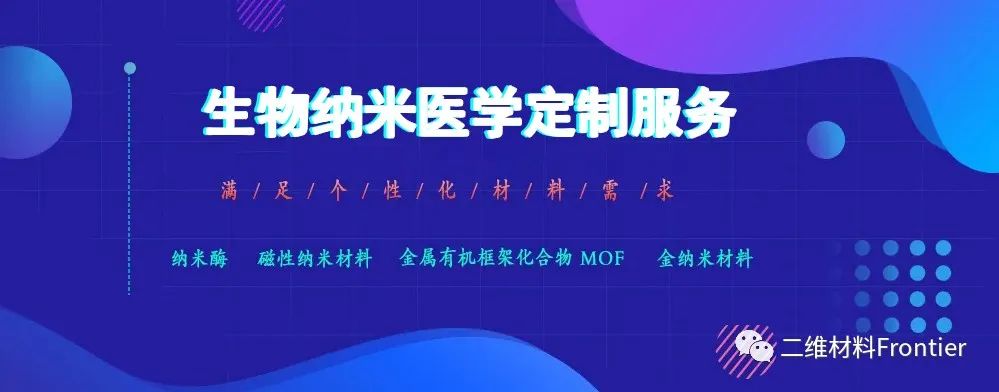
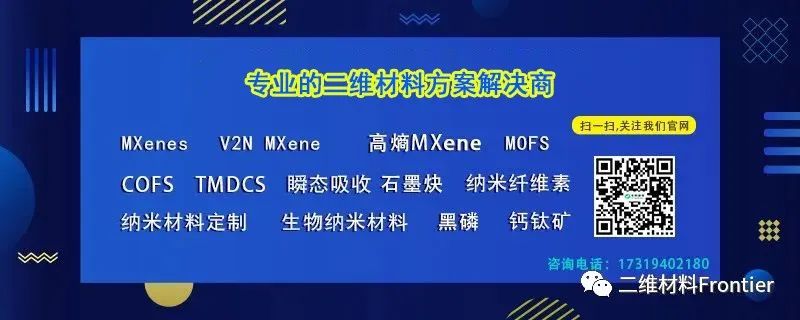
This information comes from MXene Frontier for academic exchange only. If there is any infringement, please contact us to delete it immediately


















